The langsat (Lansium domesticum), also known as lanzones in the Philippines, is one of Southeast Asia’s most beloved tropical fruits. Sweet yet tangy, with translucent flesh and a fragrance reminiscent of a mix between grapes and pomelo, this small fruit is a seasonal treasure in many Asian countries. While it remains less known internationally compared to mangoes or bananas, in the regions where it grows, langsat holds cultural, culinary, and economic importance.
But when it comes to global production, one country stands out as the undisputed champion — producing more langsat than any other nation in the world.
Understanding the Langsat
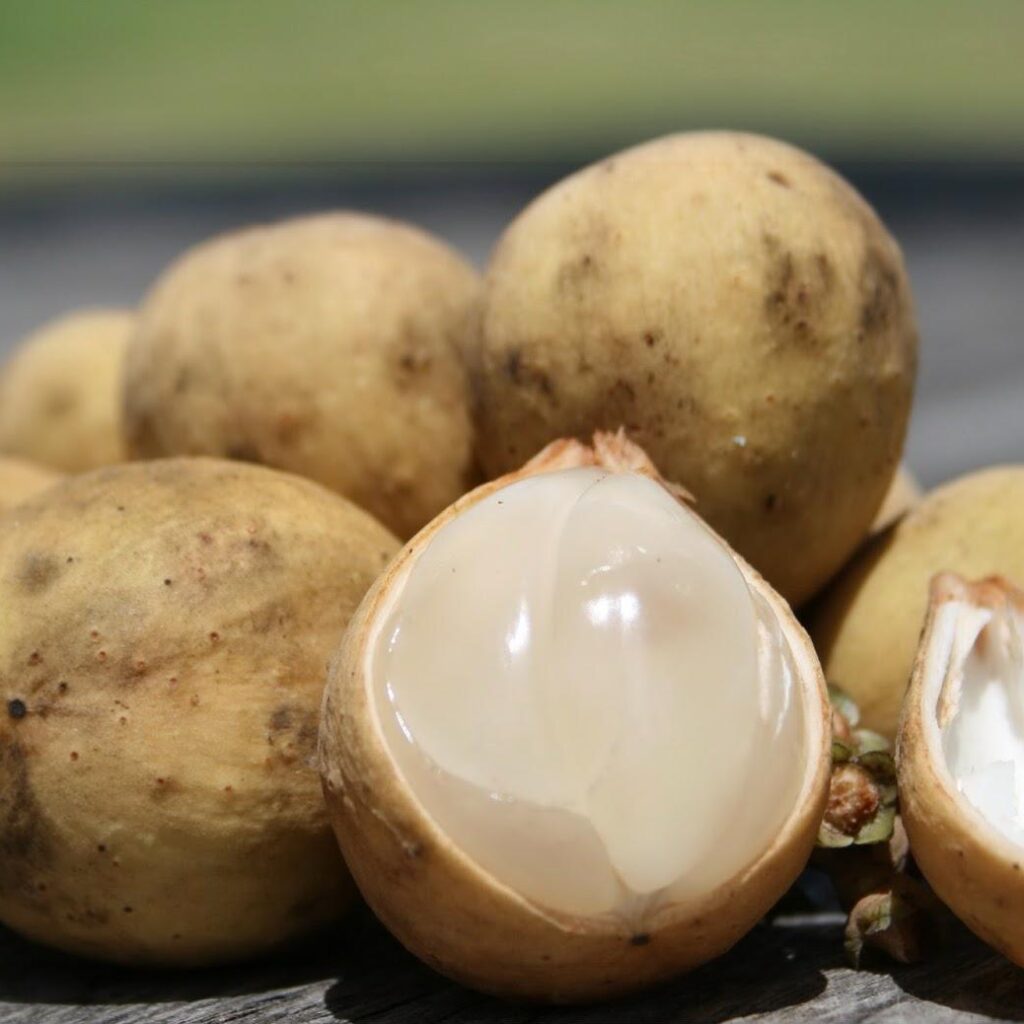
Langsat is a member of the mahogany family (Meliaceae) and is native to the Malay Peninsula, Borneo, and parts of western Indonesia. It thrives in humid tropical climates with well-distributed rainfall, growing best at altitudes of up to 600 meters above sea level.
The fruit grows in clusters, somewhat like grapes, and the tree can reach 10–15 meters in height. The fruit’s thin, yellowish skin encloses 4–5 segments of translucent flesh, which may contain one or two bitter seeds.
Langsat is highly seasonal, typically available once or twice a year depending on the region. Its popularity is highest in local markets because of its short shelf life, which makes large-scale export challenging.
The Largest Langsat Producer: Indonesia
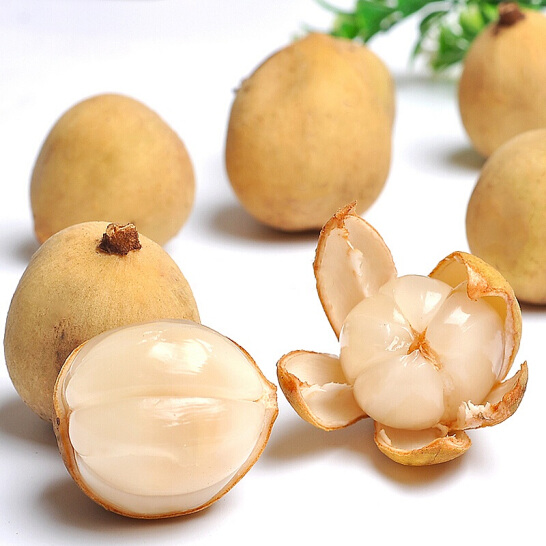
When it comes to langsat production, Indonesia is the clear leader.
- Global Share: Indonesia produces over 50% of the world’s langsat supply.
- Main Producing Regions:
- Sumatra – Particularly South Sumatra and Lampung provinces.
- Kalimantan – Rich in wild and cultivated varieties.
- Java – Smaller-scale production for local markets.
- Famous Varieties:
- Duku Palembang – Thick-skinned, sweet, and less sticky than regular langsat.
- Kokosan – More acidic, preferred for traditional recipes.
- Langsat Jawa – Thin-skinned with a tangy flavor.
Indonesia’s dominance is due to its optimal growing conditions, widespread cultivation in both commercial and backyard orchards, and strong domestic demand.
Why Indonesia Leads the World in Langsat Production

Several factors contribute to Indonesia’s position as the largest langsat producer:
- Perfect Climate and Geography
The tropical rainforest climate, fertile volcanic soils, and consistent rainfall create ideal conditions for langsat cultivation. - Traditional and Commercial Cultivation
Langsat trees are planted not only by commercial farmers but also in rural backyards, ensuring widespread availability. - High Local Consumption
Indonesians consume large quantities of langsat fresh, often as snacks or seasonal gifts. - Varietal Diversity
The popular duku variety from Palembang commands high prices and longer shelf life, making it a preferred choice for urban markets.
Other Major Langsat-Producing Countries

While Indonesia leads, langsat production is also significant in neighboring Southeast Asian nations.
| Rank | Country | Estimated Annual Production (Metric Tons) | Notable Regions/Varieties |
|---|---|---|---|
| 1 | Indonesia | 350,000–400,000 | Duku Palembang, Kokosan, Langsat Jawa |
| 2 | Thailand | 250,000–300,000 | Longkong, Langsat Pae Yai |
| 3 | Philippines | 100,000–120,000 | Lanzones (Paete, Camiguin) |
| 4 | Malaysia | 80,000–100,000 | Duku Terengganu, Langsat Kedah |
| 5 | Vietnam | 40,000–50,000 | Langsat from southern Mekong Delta |
Thailand: The Export-Oriented Producer
Thailand ranks second in langsat production, and is particularly famous for longkong, a hybrid variety with sweeter flesh, almost no seeds, and a longer shelf life than regular langsat.
- Key Regions: Chanthaburi, Nakhon Si Thammarat, Trat.
- Export Markets: Primarily Malaysia, Singapore, Hong Kong, and occasionally Europe.
Philippines: Home of the Lanzones Festival
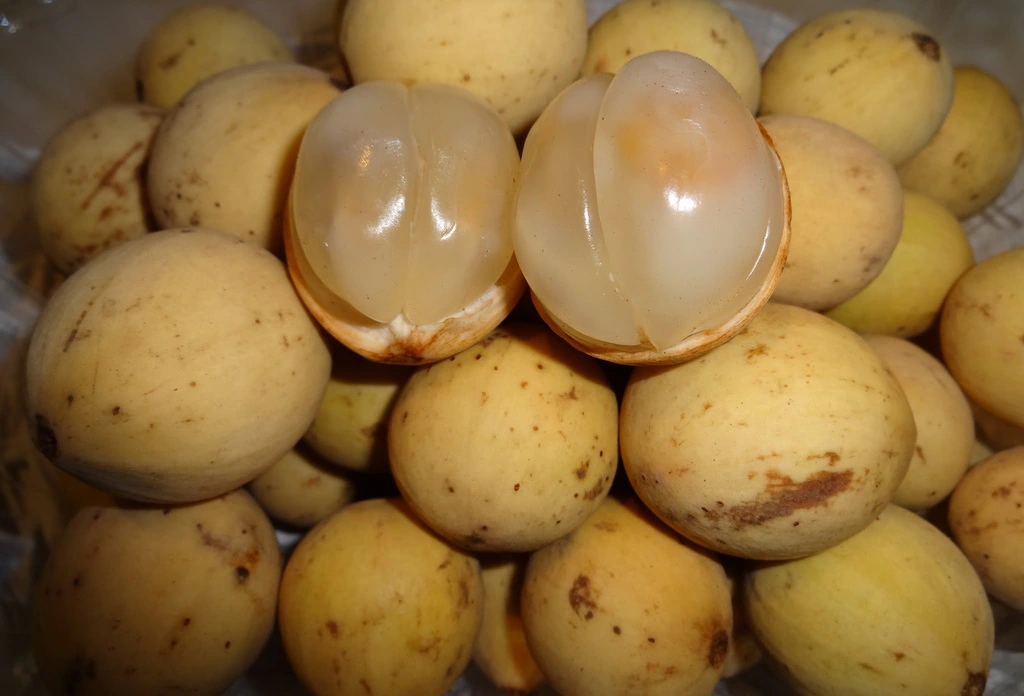
In the Philippines, langsat is locally known as lanzones and is a major seasonal attraction.
- Famous Variety: Camiguin Lanzones — prized for its sweetness and almost seedless segments.
- Major Producing Regions: Camiguin Island, Laguna, Quezon, and Northern Mindanao.
- Cultural Importance: The annual Lanzones Festival in Camiguin draws thousands of tourists every October, celebrating the harvest with parades, street dances, and fruit-tasting events.
Malaysia: Known for Duku Terengganu
Malaysia produces langsat mainly for domestic consumption, with Duku Terengganu being the most famous variety — large, round fruits with thick skin and sweet taste.
Economic Importance of Langsat Production
Langsat farming plays a vital role in the livelihoods of rural communities in Southeast Asia.
- Income Source: In peak season, farmers can earn significant income selling langsat directly at markets or to wholesalers.
- Agro-Tourism: Fruit-picking tours in places like Camiguin (Philippines) and Terengganu (Malaysia) attract visitors and generate additional revenue.
- Small-Scale Trade: In many regions, langsat is sold along roadsides and in local bazaars, supporting informal market economies.
Langsat in Global Trade
Despite being produced in large volumes, langsat remains a niche export.
- Reasons for Limited Export:
- Very short shelf life (3–5 days at room temperature).
- Delicate skin prone to browning.
- Sensitivity to cold storage temperatures.
- Main Exporters: Thailand and Indonesia ship small volumes to Singapore, Malaysia, Hong Kong, and occasionally Japan.
- Export Potential: With improved post-harvest technology, langsat could find larger markets in Europe, North America, and the Middle East.
Nutritional and Health Benefits
Langsat is not only delicious but also rich in essential nutrients:
- Vitamin C – Boosts immunity.
- Dietary Fiber – Supports digestion.
- Antioxidants – Protect against cellular damage.
- Riboflavin and Thiamine – Support metabolism and energy production.
Traditional medicine in Indonesia, Malaysia, and the Philippines also uses langsat seeds and bark for treating fevers, malaria, and intestinal worms.
Popular Varieties and Their Characteristics
Different countries have developed or favored specific langsat varieties based on taste, seed content, and storage qualities:
| Variety Name | Origin | Characteristics |
|---|---|---|
| Duku Palembang | Indonesia | Large, round, thick skin, very sweet, longer shelf life |
| Kokosan | Indonesia | Small, tangy, more seeds, used in cooking |
| Longkong | Thailand | Seedless or few seeds, sweet, export-friendly |
| Camiguin Lanzones | Philippines | Almost seedless, very sweet, thin skin |
| Duku Terengganu | Malaysia | Large, round, thick skin, sweet flavor |
Challenges in Langsat Production
Despite its popularity, langsat cultivation faces several challenges:
- Short Harvest Season – Supply is limited to a few months a year.
- Post-Harvest Losses – Delicate fruits are easily damaged during handling.
- Pest Infestation – Mealybugs and fruit borers can severely affect yields.
- Climate Change – Unpredictable rainfall patterns affect flowering and fruiting cycles.
Future Outlook for Langsat Farming
The future of langsat production depends on innovation in farming and marketing:
- Post-Harvest Technology – Better cold storage and packaging could extend shelf life for export.
- Value-Added Products – Langsat-based candies, jams, juices, and freeze-dried snacks could boost market demand.
- Agro-Tourism Expansion – More fruit farms could attract visitors during harvest season.
- International Promotion – Positioning langsat as an exotic superfruit could raise its global profile.
Conclusion
So, which country is the largest langsat producer? The answer is clear: Indonesia. With its ideal climate, rich varietal diversity, and widespread cultivation, Indonesia contributes more than half of the world’s langsat supply.
While Thailand, the Philippines, Malaysia, and Vietnam are important producers, none match Indonesia’s scale or variety richness. As interest in exotic fruits grows worldwide, langsat has the potential to step out of its regional niche and onto the global stage — but that will require investment in preservation, marketing, and export logistics.
For now, if you want to taste the world’s best and most abundant langsat, you’ll need to travel to the orchards of Indonesia during harvest season, where clusters of golden fruit hang like jewels in the humid tropical air.
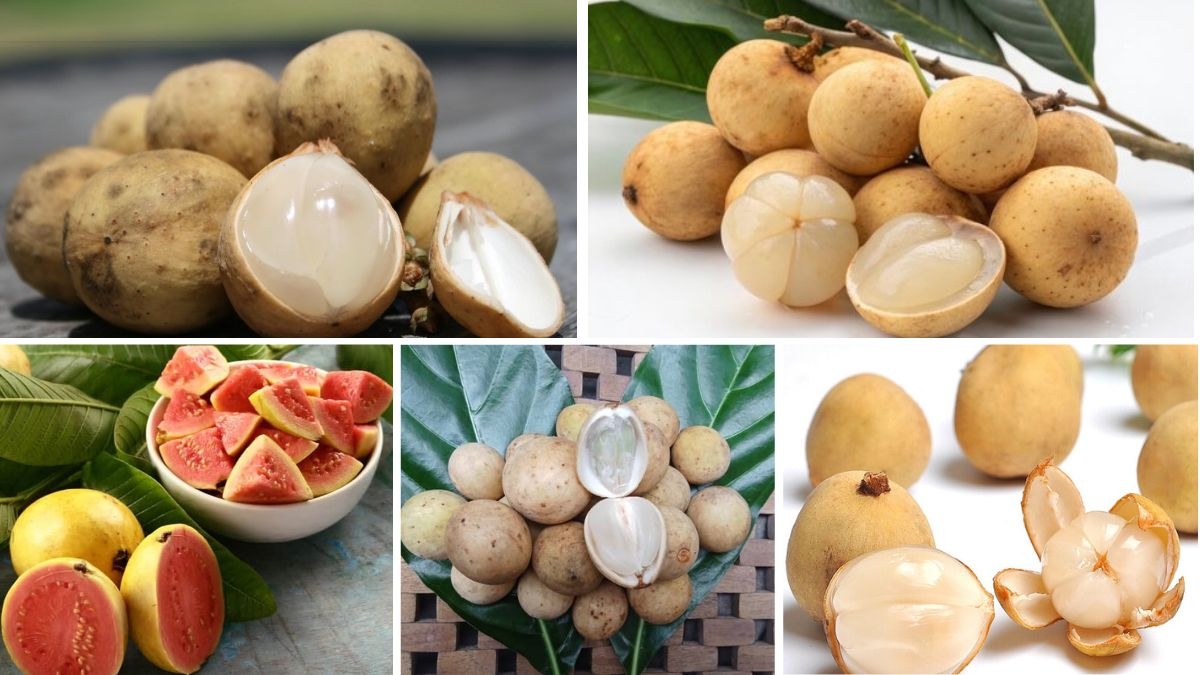
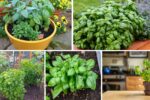
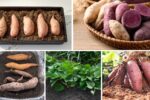

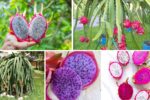
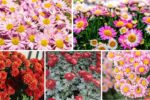
Leave A Comment